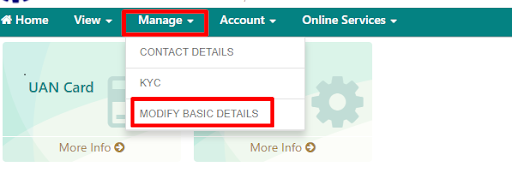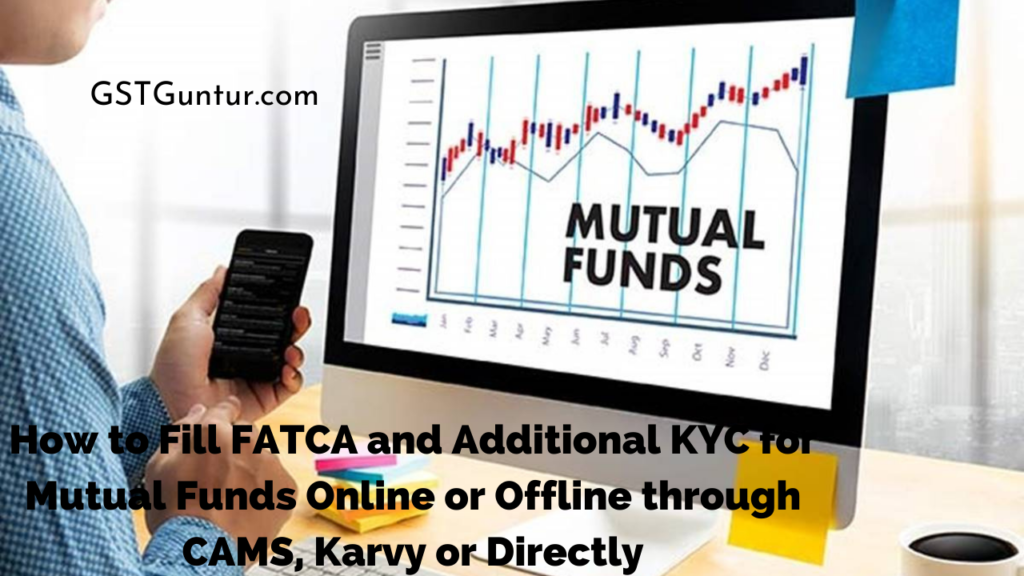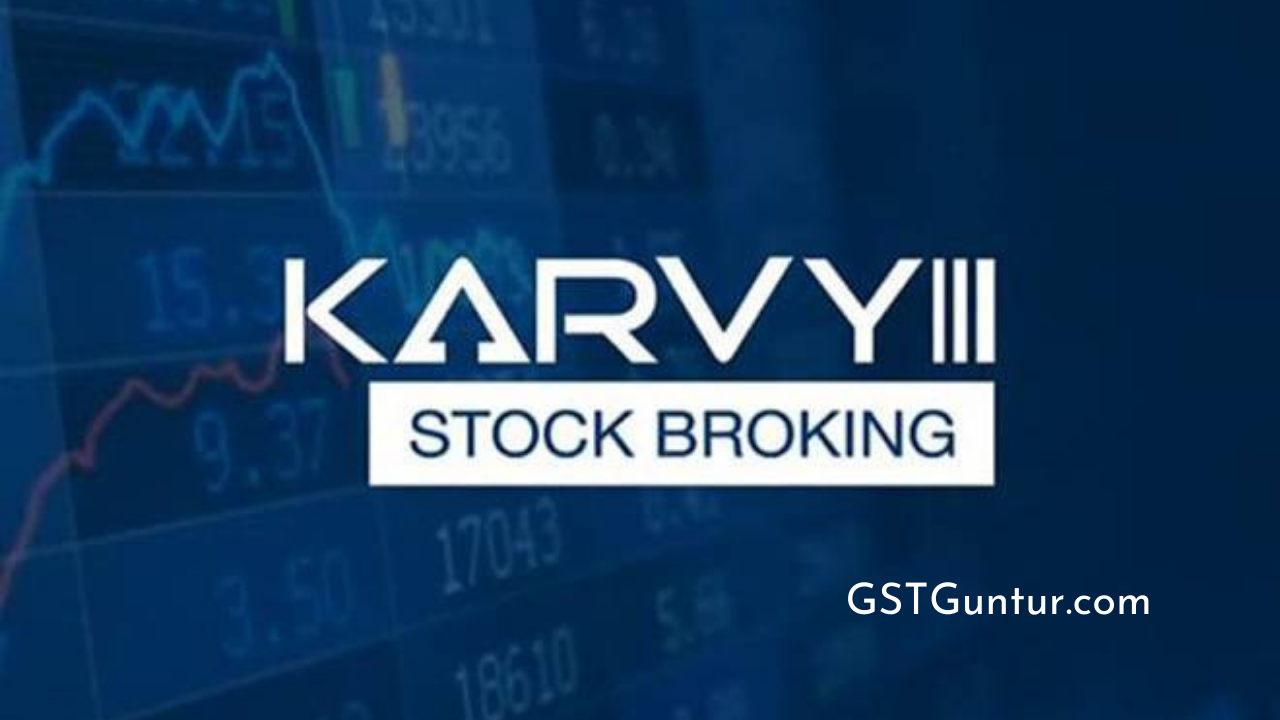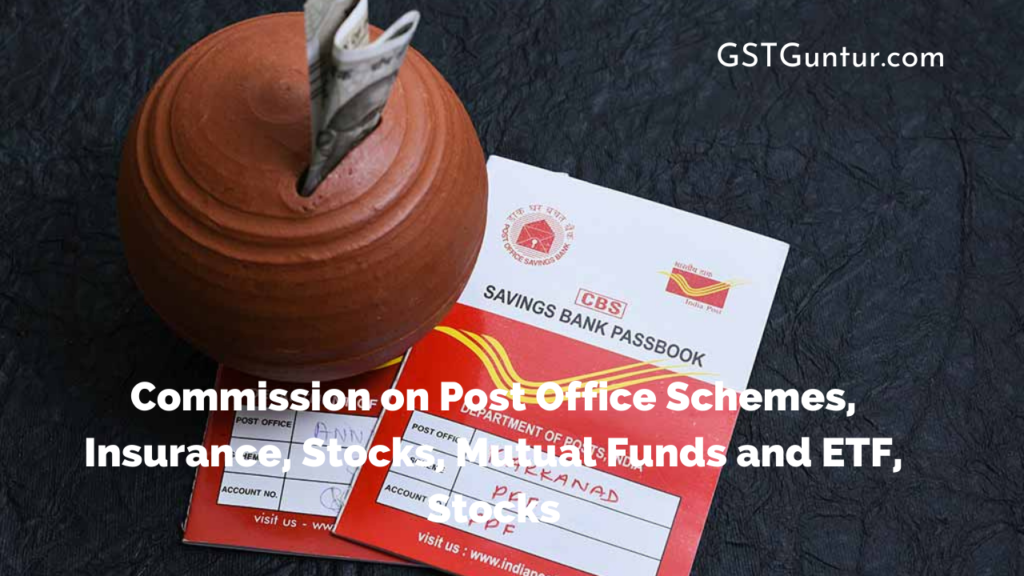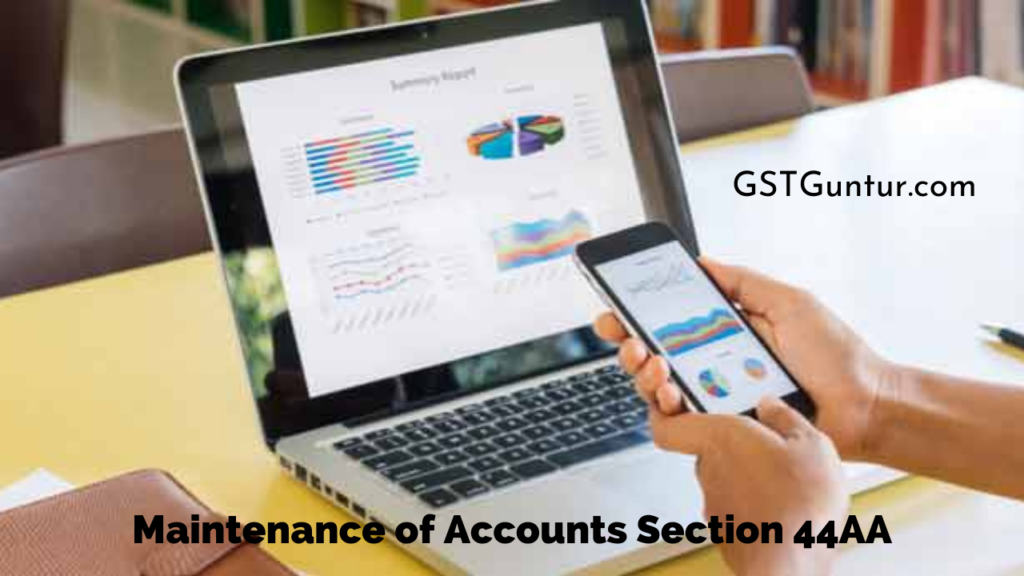Do you Know Bank Charges on Saving Accounts, QAB, MAB?
Do you Know Bank Charges on Saving Accounts, QAB, MAB?: Did you know that banks levy excess charges on their customer’s savings bank account? The standard charges include taking DD or demand drafts, online fund transfers, and non-maintenance account balances.
RBI or Reserve Bank of India mandates the banks to disclose their customer’s charges based on the account and the amount. Banks have to update their statement on their websites.
This article will guide you through the bank charges, the revision of bank charges, like, cheque returns, discussion of Average Quarterly Balance and Average Monthly Balance, Debit cards, and ATM withdrawals.
- Revision of Bank Charges
- SBI
- HDFC Bank
- ICICI Bank
- Axis Bank
- Bank Charges
- All About Quarterly Average Balance and Monthly Average Balance
- What is Quarterly Average Balance (QAB)?
- What is Monthly Average Balance (MAB)?
- What is the Difference Between Quarterly Average Balance and Monthly Average Balance?
- Banks and QAB and MAB
- Quarterly Average Balance or Monthly Average Balance?
- The Minimum Balance and Penalty Applicable for Non-maintenance of QAB or MAB
Revision of Bank Charges
Major Indian banks such as the Axis bank, SBI, HDFC, and ICICI bank have decided to charge customers for cash transactions for a few facilities and above specific limits, free until March 6, 2017.
The list of the banks to entail the suit goes longer. The new bank charges aim to discourage acts of cash transactions even though banks might benefit hugely from the costs.
SBI
On April 1, the State Bank of India permitted SBI account holders to approve savings and to deposit cash three times a month without taxation of the additional amount. Beyond that, the bank charges Rs. 50/- plus service taxes for every transaction made, and in the case of a current account, the tax levy could be as high as Rs. 20,000/-.
The State Bank of India account holders were also given a minimum balance limit in their accounts; failing the limit would result in a fine. However, the fine will be lower for rural areas. At the same time, those in metropolitan cities will be levied a fine of Rs 100 plus service tax if the account holder fails to maintain below 75 percent of the available balance of Rs 5,000.
If the customer’s account falls short of 50 percent or even less, the SBI will charge a fine of Rs. 50+ service tax. SBI has also revised their charges on other bank services that come inclusive of its ATM.
Withdrawal of cash from ATMs will attract a fine of Rs. 20+ tax service. However, this happens only if the number of ATM transactions of other banks exceeds three and Rs 10 for more than five withdrawals from the SBI ATMs.
There is an exception as SBI will not charge a fine on withdrawals from any of its ATMs if the customer’s balance exceeds Rs 25,000. In withdrawals from other bank ATMs, no charges will be levied if the credit exceeds Rs 1 lakh.
State Bank of India also levies Rs. 15 for SMS alerts per quarter from debit cardholders. This helps them to maintain an average quarterly balance of up to Rs 25,000 for three months. However, the holders will have no charge for UPI or USSD transactions of up to Rs 1,000 cash withdrawals.
HDFC Bank
HDFC Bank levies Rs 150 per transaction if the holder goes beyond four free deposits or/and withdrawals each month. The new charges are also applicable for accounts and savings.
HDFC bank also allows deposits or/and withdrawals of up to Rs 2 lakh for home-branch transactions without any charges at one go per day. However, beyond this, the bank charges Rs 5 per Rs 1,000, or Rs 150.
For non-home branches, the number of transactions beyond Rs 25,000 a day will attract Rs 5 per Rs 1,000, or Rs 150.
ICICI Bank
ICICI bank leverages no charge for its account holders for four transactions a month only at branches in its home city. However, the holders will attract Rs 5 per Rs 1,000 to a minimum of Rs 150 in one month. The third-party limit on the transactions would attract a charge of Rs 50,000 per day.
However, for non-home branches, ICICI Bank offers no tax charges for the first cash withdrawal of a calendar month and a fine of Rs 5 per Rs 1,000 to after that subject to a minimum of Rs 150.
In cash deposits from anywhere, ICICI Bank charges Rs 5 per Rs 1,000 at branches. While for those deposits at cash acceptance machines remain free of charge for the first cash deposit of a calendar month and Rs 5 per Rs 1,000 after that.
Axis Bank
Axis bank account holders are given the choice of five free transactions every month, inclusive of withdrawals and cash deposits. However, beyond the limit, account holders will attract an acceptable fee of Rs 95 per transaction.
For non-home branch transactions, customers will get up to five free transactions, subject to a maximum per-day deposit of Rs 50,000. However, in more significant deposits or the sixth transaction, Axis bank attracts a charge of Rs 2.50 per Rs 1,000, or Rs 95 per transaction, whichever is higher.
Bank Charges
Bank charges vary from one bank to another and sometimes within the same bank with differing balance requirements depending on the customer’s account location- whether urban, Rural, or Semi-rural. It can also differ based on the account category- Normal, Privilege, Platinum, etc. A few charges are enlisted below-
- Requests that go beyond the usual monthly or quarterly account statements necessitate charges.
- The first three or five cash deposit or withdrawal transactions each month at other ATMs are usually considered free but are charged after that.
- The cheques that are returned without being paid, either deposited or issued by the account holder, will necessitate a cost.
- If the account holder needs the bank to attest the photograph or signature or even confirm the holder’s address, too, the individual should be ready to pay.
- If the individual requests cheque, books that go beyond the allowed quota also attract charges.
- Several banks also charge an amount for ATM card replacement in case of loss and pin regeneration if the account holder forgets it.
- Standing instructions that debit the holder’s account carry charges too. The holder will have to pay for setting up a standing instruction and each cash withdrawal and deposit transaction.
- Banks have also started charging for their online money transfer to third party accounts.
- Banks made hold charges for creating a Demand Draft.
- Banks often levy a payable amount on those that remain fixed in terms of dormant and closing accounts.
- The current and savings account holders are typically asked to maintain a minimum balance in their bank account. This is not the minimum balance offered daily but works like the average balance in the fund over the month of the quarter. Hence, this process is known as the average quarterly balance (QAB) or Average Monthly Balance (MAB).

All About Quarterly Average Balance and Monthly Average Balance
Savings and current account holders are typically required to maintain a minimum account balance. However, this is not applicable as the minimum balance, which is to be held every day but is considered the average account balance over the quarter or month. Hence, the terms- average quarterly balance or QAB and the Average Monthly Balance or MAB.
What is Quarterly Average Balance (QAB)?
If the Average Quarterly Balance is Rs 10,000, the account holder holds an average of Rs 10,000 that must be maintained daily. However, the individual does not have to maintain a balance of Rs 10,000 every day but on average.
Under the Average Quarterly Balance, the bank computes the average account balance once in three months. For instance, to calculate the Quarterly Average Balance from January to March, the balance at the end of the day in that quarter is totaled and divided by the total number of days present.
What is Monthly Average Balance (MAB)?
The Average Monthly Balance is similar to that of the Average Quarterly Balance. For the monthly average balance, the bank adds an account balance by EOD os every day in the month and then, the total is divided by the number of days in the month. So the most significant difference between the QAB balance computation is that the account is calculated for a quarter, that is, for three months at a time, while for MAB, the account computation is done every month.
What is the Difference Between Quarterly Average Balance and Monthly Average Balance?
Though Quarterly Average Balance and Monthly Average Balance requirements for the same amount might look the same, they differ significantly. There are chances of acceptable charges for non-maintenance of the minimum balance is much higher under the MAB.
So, when the question pops out, Which is better- the Average Quarterly Balance or Average Monthly Balance. This depends on the individual’s perspective, which answers the question is either the bank or customers.
While the Average Quarterly Balance changes to the Average Monthly Balance is negative for all the retail customers, this change makes significant business sense for all the banks.
The change does not only increase the fees income for the bank in the form of Monthly Average Balance charges, but it is also a deployable CASA or Current Account Savings Account balances leading to an increase.
In simple terms, it can be stated that when the account balance calculation takes place every month, the probability of account holders maintaining a certain minimum balance more consistently is significantly higher.
Conversely, when the calculation is done every quarter, even if the individual maintains a balance of Rs 900,000 for just one day, assuming 90 days in the quarter, theoretically, it is ruled out as a Nil. Credit for the rest of 89 days. This helps the account holders still meet the minimum balance requirement.
Banks gain from the charges levied when the account holders maintain the balances consistently over the fluctuated balance. Credits that are usually carried always enable the banks to deploy the same for longer at higher margins. In contrast, that which fluctuates widely deploys the same for shorter tenors where margins tend to be lower.
Banks and QAB and MAB
Reserve Bank of India has stipulated any minimum balance that needs to be maintained in savings accounts or the charges applicable for the non-maintenance of the credit to any bank.
The Reserve Bank of India guidelines states that account holders should receive a month’s notice detailing the change in the minimum balance limit norm from their respective banks.
Quarterly Average Balance or Monthly Average Balance?
- Some private banks, such as HDFC Bank or ICICI Bank, have switched their process from the Average Quarterly Balance to the Average Monthly Balance. This metastases that account holders will have to keep higher balances, which in turn impacts the small savings account holders, the maximum. However, this change undertaken increases the Fees income for the bank in the form of Monthly Average Balance charges.
- Public Sector Undertaking or PSU banks, such as Allahabad Bank and Bank of India, generally have a lower Quarterly Average Balance maintenance in terms of the saving bank account.
- However, the SBI imposed charges for non-maintenance of minimum balance that now is back and has withdrawn the ordeal to charge anything.
The Minimum Balance and Penalty Applicable for Non-maintenance of QAB or MAB
- ICICI Bank’s minimum monthly average balance requirement is Rs 10,000 at metropolitan branches, while Rs 5,000 at semi-urban branches and Rs 2,000 at rural areas branches.
- Axis Bank and HDFC Bank hold their minimum monthly average balance requirement at metro and urban areas branches to be Rs 10,000, while for semi-urban areas branches, it’s 5000. The rural area branches for HDFC Bank is Rs 5,000, while for Axis Bank is Rs 2,500.
- The applicable charges for HDFC Bank and ICICI Bank typically fluctuate between Rs 250 and Rs 350. While for Axis Bank, the cost is Rs 750, suitable for both metro and semi-urban area branches and Rs 500 in rural area branches.
- For the Union Bank for Savings Bank Account with Cheque facility, the minimum average quarterly minimum balance is Rs. 250 for rural areas Rs. 500 for Semi-urban areas, Rs. 1000 for Urban areas, Rs. One thousand for metropolitan branches, and Rs. 250 for pension accounts. However, the charges for a non-maintenance account is Rs. 110.00 per quarter.

